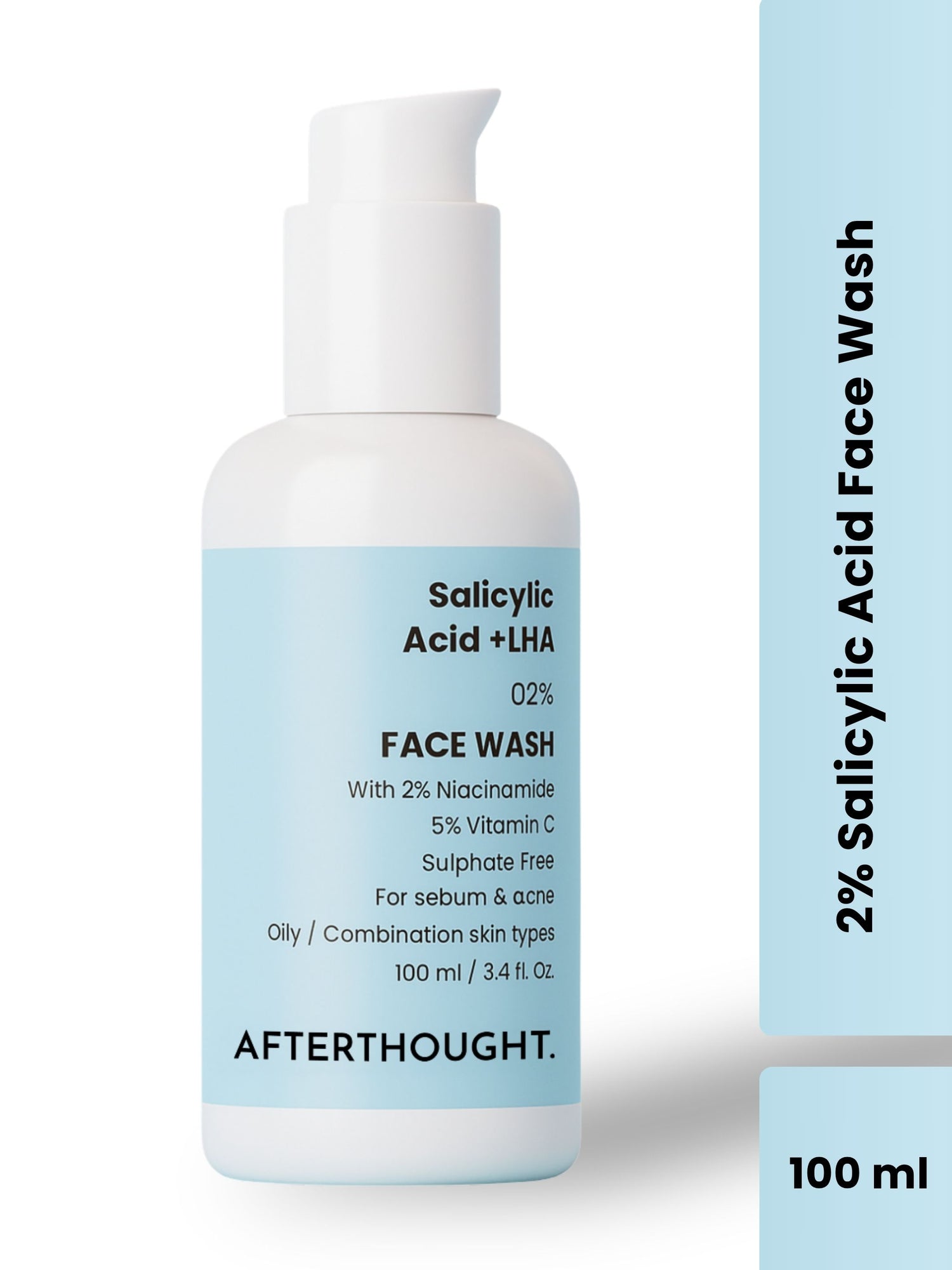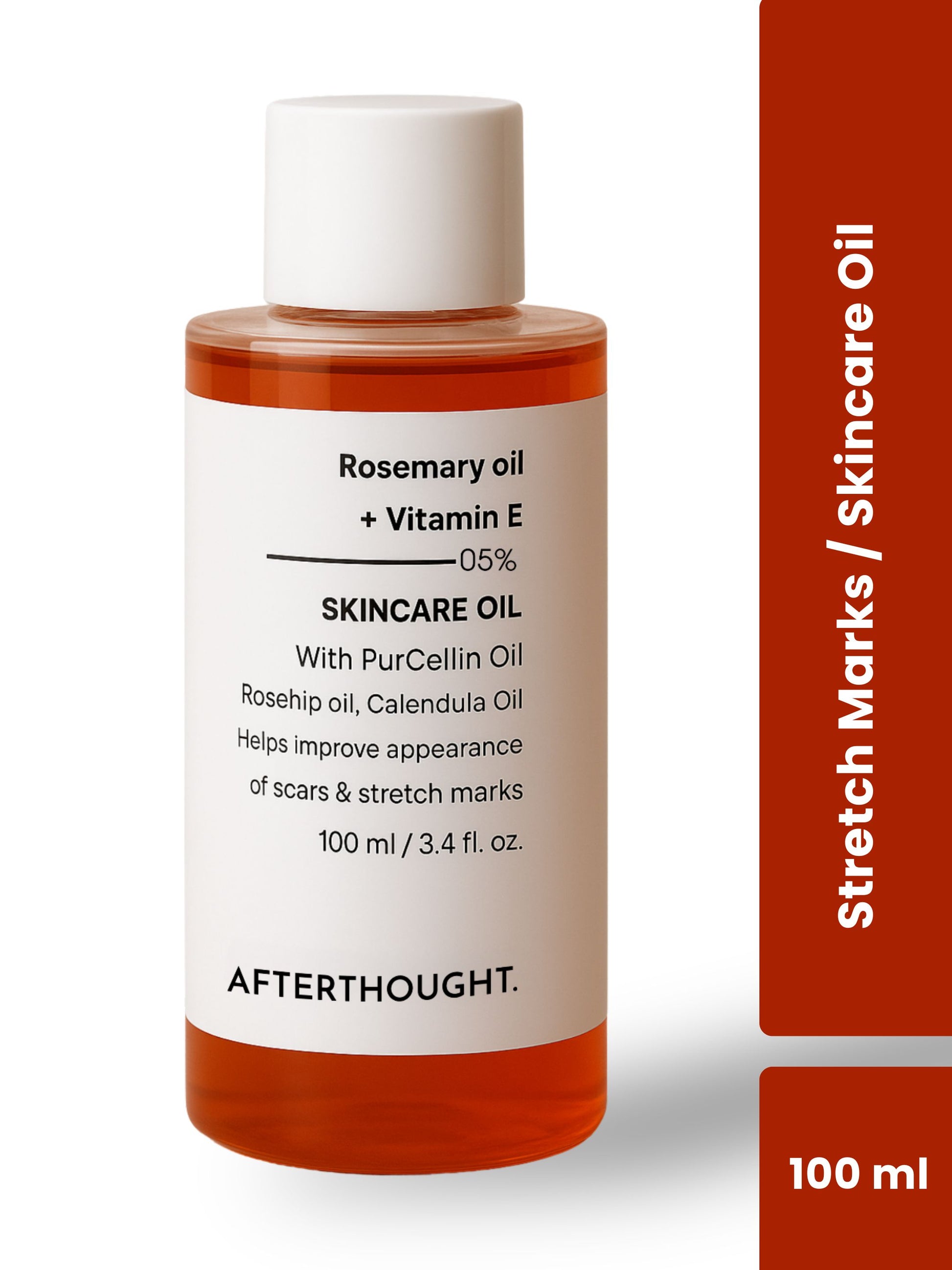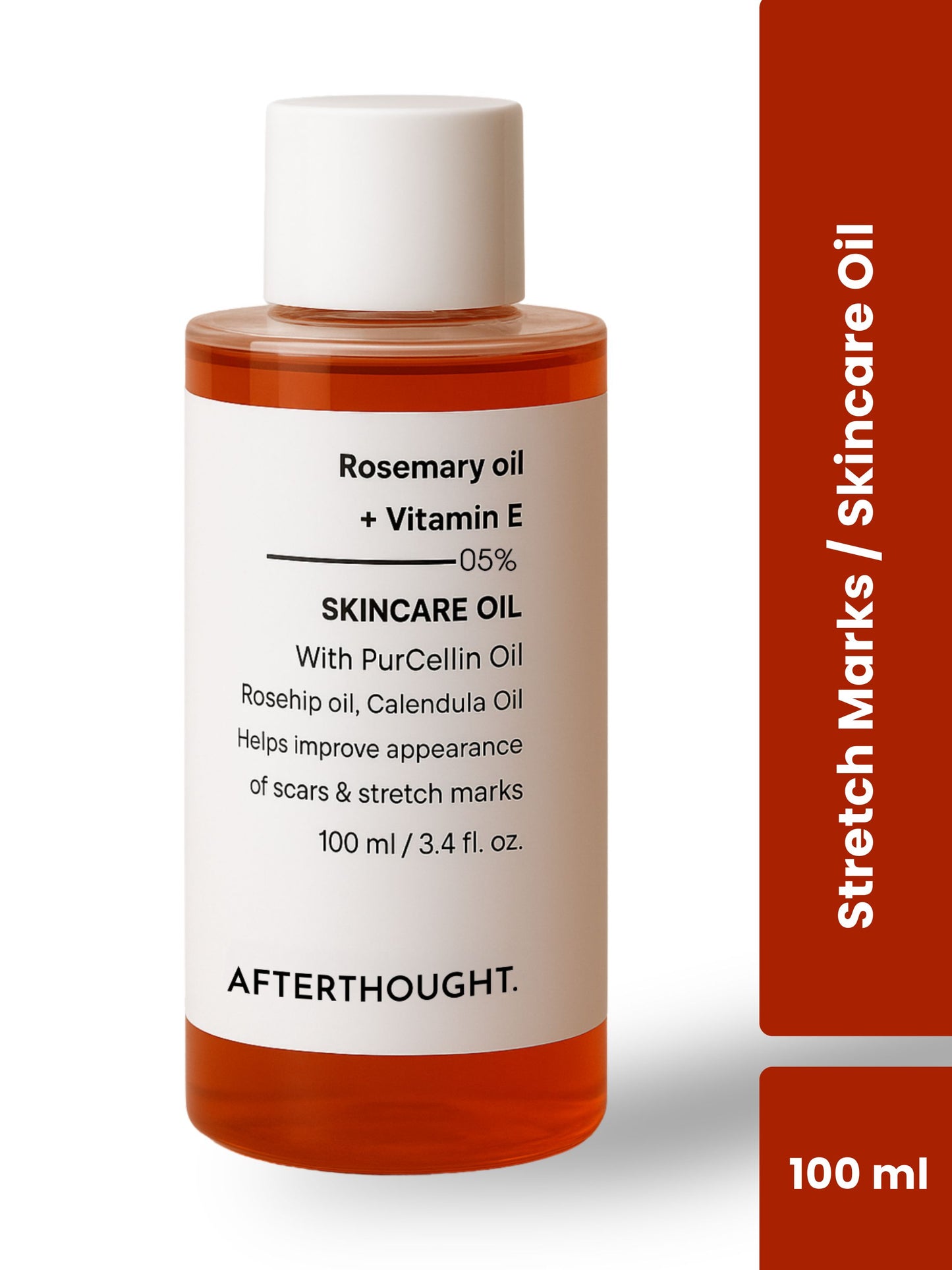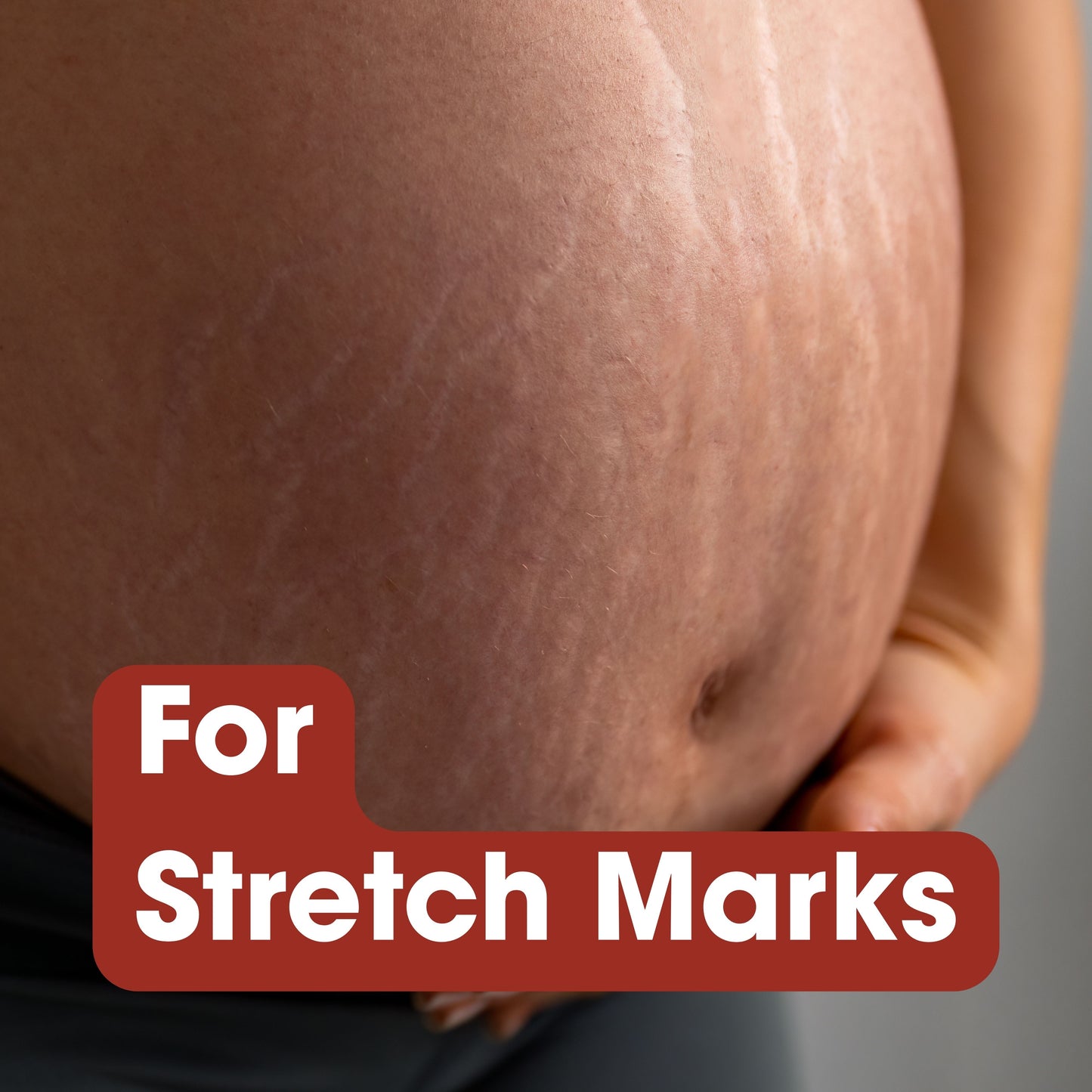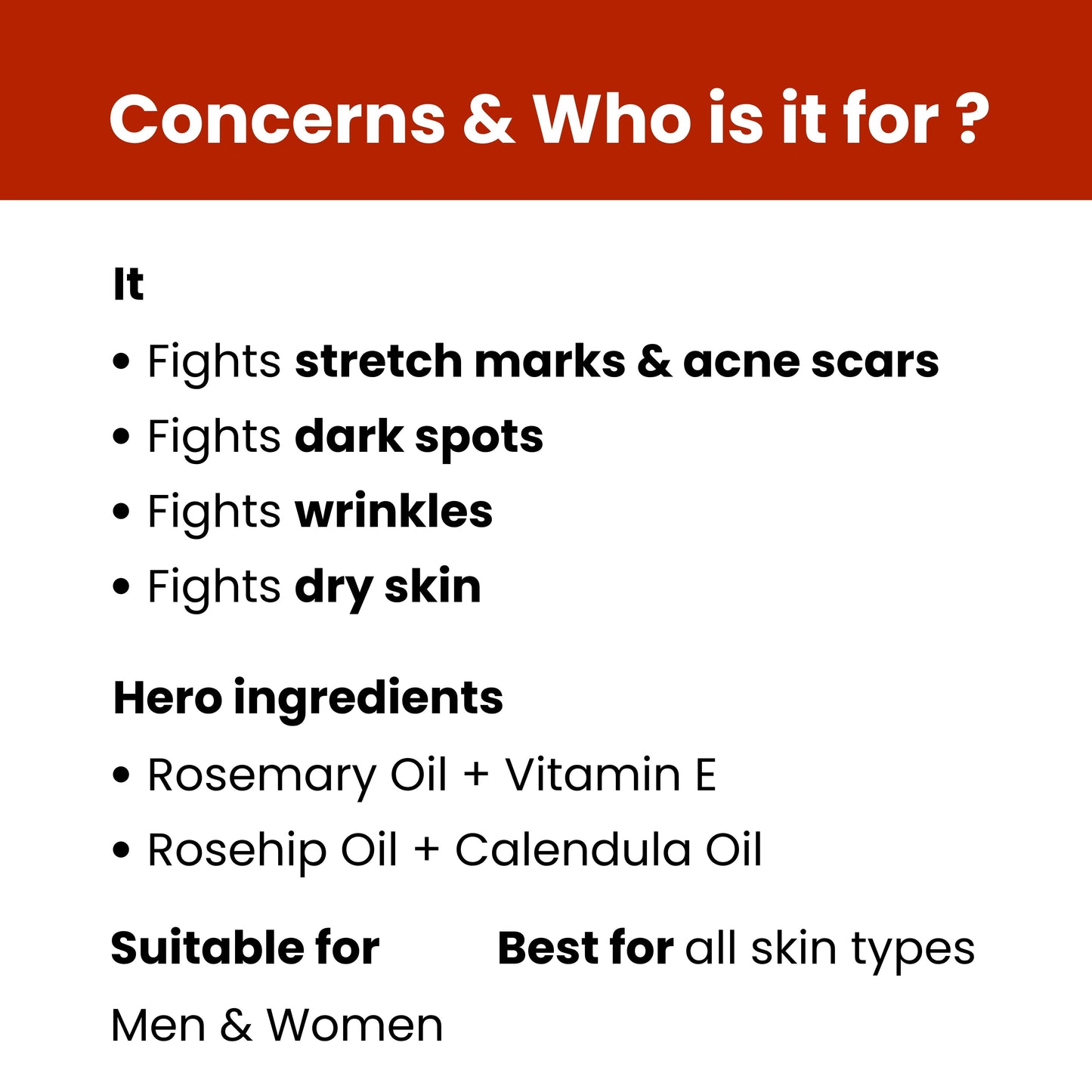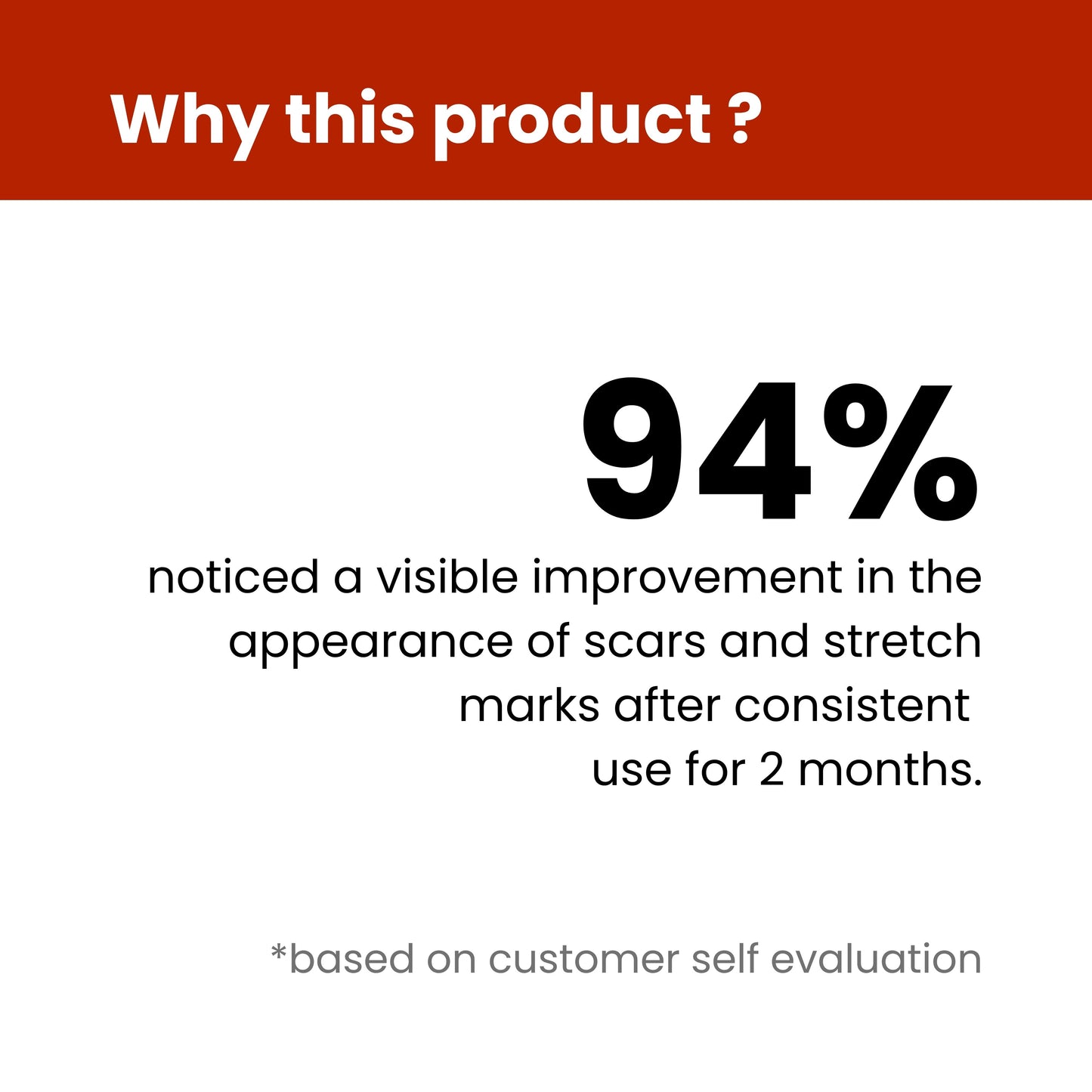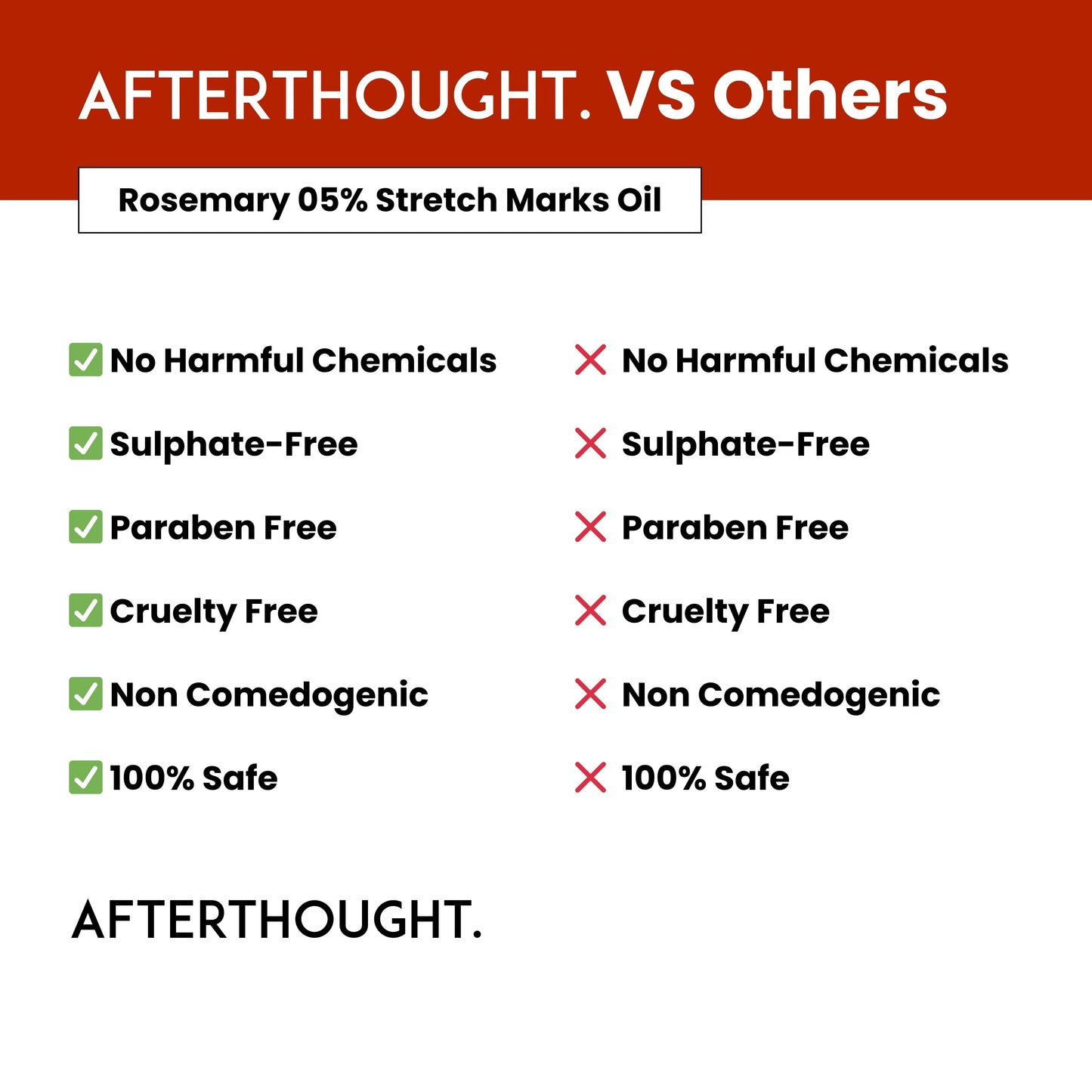How Do You Get Rid of White Stretch Marks?
Stretch marks, also known as striae, are a common skin condition that occurs when the skin is stretched rapidly due to various factors such as pregnancy, weight fluctuations, puberty, or even muscle growth. While stretch marks start out as red or purple lines on the skin, over time they may fade and turn white, which can make them more difficult to treat.
In this article, we will explore how to reduce the appearance of white stretch marks and the best methods for minimizing their visibility through natural remedies, skincare treatments, and medical procedures.
What Are White Stretch Marks?
Stretch marks occur when the skin is stretched beyond its elastic capacity, causing the underlying collagen and elastin fibers to break. When the skin starts to heal, it forms scars, which initially appear as red, purple, or dark streaks. As time passes, these marks may fade into lighter, white or silver-colored streaks. The color change is due to the scars losing blood flow and becoming more mature, which makes them less responsive to treatment.
White stretch marks, while less noticeable than their red or purple counterparts, can still cause aesthetic concerns. These marks are typically found in areas where skin has undergone significant stretching, such as the abdomen, thighs, hips, buttocks, and breasts. Though they are permanent to some extent, there are several methods that can help improve their appearance and make them less noticeable.
How to Reduce the Appearance of White Stretch Marks
While completely eliminating white stretch marks may not be possible, there are several approaches that can help reduce their visibility. The key to improving their appearance lies in promoting skin healing, boosting collagen production, and encouraging cell turnover. Below are some methods to consider:
1. Retinoid Creams and Topical Treatments
Retinoids, or vitamin A derivatives, are one of the most commonly recommended treatments for stretch marks. Retinoids work by stimulating collagen production, which can help improve skin texture and elasticity. When applied topically, retinoid creams encourage skin cell turnover and can gradually fade white stretch marks by promoting the regeneration of healthy skin cells.
However, retinoids should be used with caution, especially during pregnancy or breastfeeding, as they may cause harmful effects. It's essential to consult a dermatologist before using retinoid creams to ensure they are appropriate for your skin type and condition. These creams are most effective when used early on, as they work best on red or purple stretch marks, but they may also offer improvement for white ones over time.
2. Laser Therapy
Laser treatments are a popular and effective method for treating white stretch marks. Laser therapy works by stimulating the deeper layers of the skin to promote collagen production and encourage skin renewal. Two common types of laser treatments for stretch marks are:
- Fractional CO2 Laser: This laser uses microscopic beams of light to target specific areas of skin, stimulating collagen production and improving the texture and color of stretch marks.
- Pulsed Dye Laser: This laser treatment targets the blood vessels under the skin, improving the appearance of white stretch marks by stimulating collagen production and improving skin elasticity.
Laser treatments are typically done by a dermatologist or skincare specialist. While multiple sessions may be required for significant improvement, laser therapy can provide dramatic results for reducing the appearance of white stretch marks.
3. Microneedling
Microneedling is a minimally invasive procedure that involves using tiny needles to create micro-injuries in the skin. These small punctures stimulate the skin’s natural healing process, which in turn boosts collagen production and promotes skin regeneration. This treatment can improve the appearance of white stretch marks by encouraging the skin to heal from within and promote a smoother, more even texture.
Microneedling can be done at a dermatologist's office, or for at-home use, devices with shorter needles are available. While the results may take time to show, many people see noticeable improvements after several treatments.
4. Chemical Peels
Chemical peels involve applying a chemical solution to the skin, which causes the outer layer of the skin to peel off, revealing a fresh layer underneath. This process can help improve skin texture, fade discoloration, and promote collagen production, making it an effective treatment for white stretch marks.
There are different types of chemical peels available, including mild, medium, and deep peels. Medium to deep peels are generally more effective for treating stretch marks but may require more downtime for recovery. Chemical peels should only be performed by a trained dermatologist or aesthetician to minimize the risk of complications.
5. Natural Oils and Home Remedies
If you prefer a more natural approach, several oils and home remedies may help reduce the appearance of white stretch marks. These options focus on moisturizing the skin, promoting collagen production, and improving skin elasticity. While natural remedies may not yield immediate results, they can help improve the overall health and appearance of your skin over time.
- Coconut Oil: Coconut oil is rich in fatty acids and antioxidants, which help hydrate the skin and promote healing. Massaging coconut oil into stretch marks regularly can improve skin elasticity and help minimize the appearance of scars.
- Rosehip Oil: Rosehip oil is packed with essential fatty acids and vitamin A, which helps promote skin regeneration. This oil can help fade white stretch marks and improve skin texture.
- Aloe Vera: Aloe vera has natural soothing and healing properties, making it an excellent remedy for stretch marks. Applying aloe vera gel to the skin can help reduce irritation and support healing.
- Vitamin E Oil: Vitamin E is known for its skin-healing properties and is often used to treat scars. Applying vitamin E oil to white stretch marks can help improve their appearance over time.
To use these oils, apply a small amount to the affected area and massage gently in circular motions. Regular application can help hydrate the skin and support collagen production, leading to gradual improvement in the appearance of white stretch marks.
6. Proper Skincare Routine
Maintaining a consistent skincare routine is essential when dealing with white stretch marks. Here are some steps you can incorporate into your routine to help improve the texture and appearance of your skin:
- Exfoliate: Regular exfoliation helps remove dead skin cells and promotes the regeneration of healthy skin. Use a gentle exfoliant to scrub the affected area once or twice a week to stimulate blood flow and improve skin texture.
- Hydrate: Keeping your skin moisturized is crucial for improving skin elasticity and reducing the appearance of stretch marks. Apply a good moisturizer or natural oils daily to keep your skin soft and hydrated.
- Protect Your Skin from the Sun: Sun exposure can worsen the appearance of stretch marks by causing hyperpigmentation. Always wear sunscreen to protect your skin from UV damage.
Can White Stretch Marks Be Fully Eliminated?
While it is challenging to completely eliminate white stretch marks, the treatments mentioned above can significantly improve their appearance. The key is consistency and patience, as results often take time to show. The earlier you begin treatment, the better the results you can expect. Additionally, combining different methods such as laser therapy, microneedling, and natural oils may provide the best results.
Conclusion
White stretch marks can be frustrating to deal with, but there are several effective treatments and natural remedies that can help minimize their appearance. Whether you choose professional treatments like laser therapy and microneedling, or natural methods like coconut oil and rosehip oil, the goal is to improve skin elasticity and promote collagen production. With time and dedication, you can significantly reduce the visibility of white stretch marks and restore a smoother, more even skin tone.
Also Read: How To Minimize Stretch Marks?
